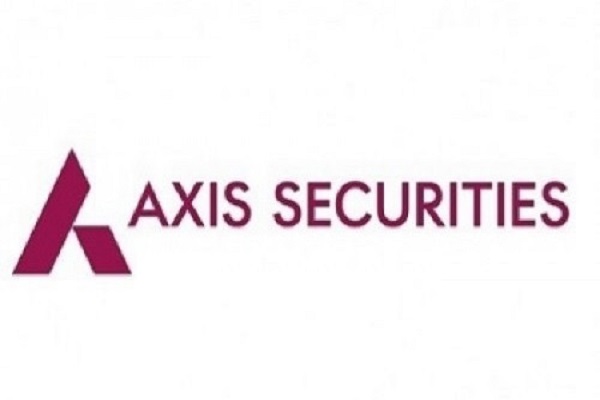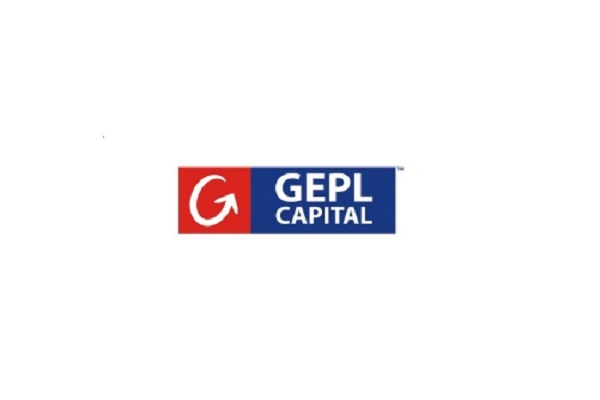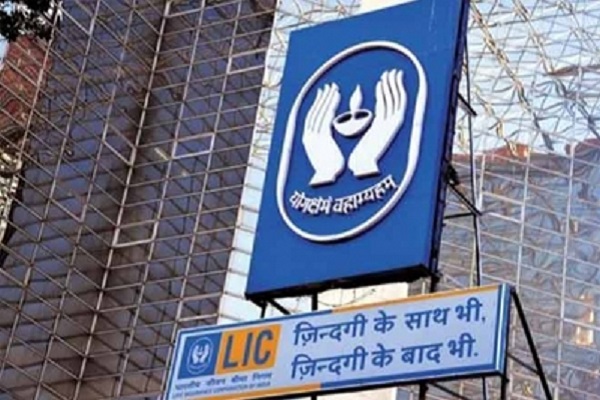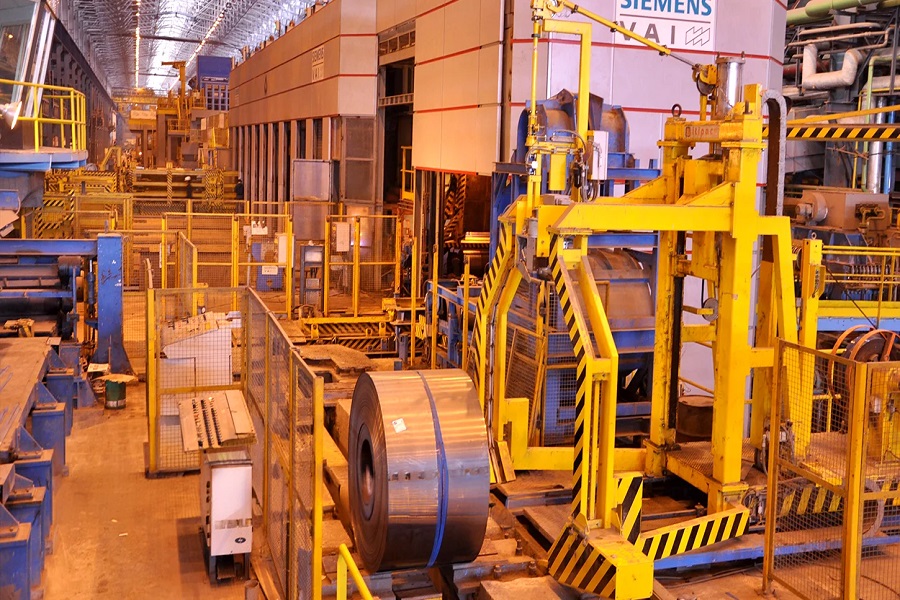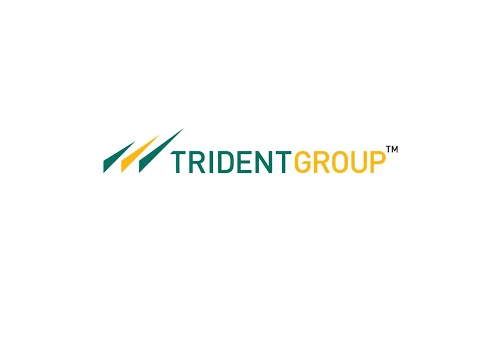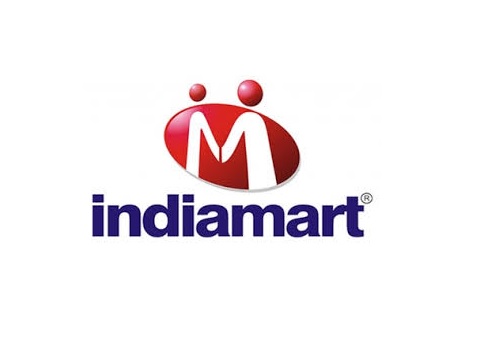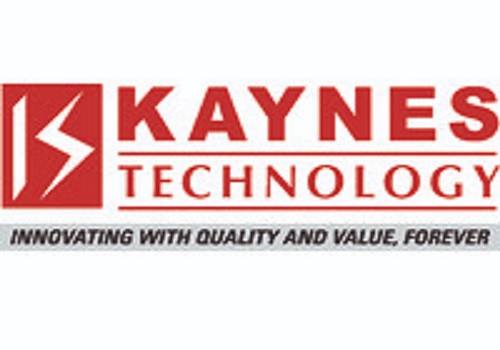Buy Reliance Industries Limited target price at Rs 2,900 - JM Financial Institutional Securities Ltd
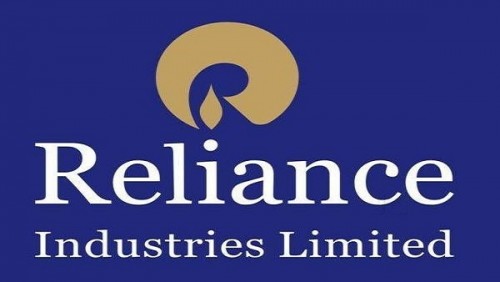
Net debt concerns overdone, expect it to peak in FY24
Following our Mar’23 note, reiterating our BUY call on RIL as the share price then was very close to our worst-case value, the key debates with investors have been on potential triggers that could actually drive a decisive rerating in the stock. The key arguments against a re-rating were that there are limited earnings-upgrade triggers for now, low visibility on event-based triggers in the near term (viz., listing of Digital and Retail businesses or strategic stake sale in Clean Energy or O2C businesses), and concerns over high capex and resultant rising net debt. The concerns on debt are overdone, in our view. We expect RIL’s net debt to peak in FY24 and then decline gradually as capex will not only moderate (INR 1.2trln-1.4trln p.a. vs. INR 2.3trln in FY23) but, importantly, also be fully funded by a gradual increase in internal cash generation. RIL’s guidance on keeping reported net debt to EBITDA below 1x (0.8x in Mar’23) also gives comfort. Be that as it may, we believe RIL could still drive a robust 14-15% EPS CAGR over the next 3-5 years with Jio’s ARPU expected to rise at 10% CAGR over FY23-28, and continued strong momentum in Retail including scale-up of new initiatives (FMCG foray, inorganic growth, etc.).
* Key concerns dragging RIL stock’s performance in last 6-9 months: Our interactions with investors suggest that the following are key reasons for the RIL stock’s under-performance over the last 6-9 months: a) limited earnings-upgrade triggers for now due to the likely delay in telecom tariff hike to mid-2024 (post the national elections) and uncertain macros globally, which could cap O2C margins; b) low visibility on event-based triggers in the near term, viz., listing of Digital and Retail businesses or strategic stake sale in Clean Energy or O2C businesses; and c) concerns over the sharp rise in net debt due to aggressive capex in Digital, Retail and Clean energy businesses. By end-FY23, RIL’s reported net debt had risen to INR 1,102bn, or 0.8x reported net debt to EBITDA (vs. net cash of INR 36bn in 2QFY22) while adjusted net debt (including spectrum and other liabilities) had gone up to ~INR 2,732bn or 1.9x adjusted net-debt to EBITDA (from INR 795bn at end-FY22). This is due to the company’s aggressive capex, with FY23 capex soaring to INR 2,299bn (or INR 1,418bn excluding INR 880bn towards 5G spectrum) vs. INR 1,454bn in FY22 (or INR 995bn excluding INR 436bn towards spectrum) – Exhibit 1.
* Concerns on net debt overdone; we expect RIL’s capex to moderate from FY24 onwards: We expect RIL’s capex to moderate to INR 1,339bn in FY24 and ~INR 1,100bn-1,200bn p.a. from FY25 onwards (vs INR 2,299bn in FY24 including INR 880bn for 5G spectrum) as: a) ~INR 1,400bn out of the 5G capex guidance of INR 2,000bn has already been incurred in FY23 (INR 880bn for 5G spectrum and INR 500bn-550bn on 5G roll-out); hence, we expect Digital business capex to moderate to INR 423bn in FY24 and ~INR 250bn-300bn p.a. from FY25 onwards (vs. INR 1,427bn in FY23 and INR 827bn in FY22) – Exhibit 1; and b) sharp jump in Retail business capex to ~INR 505bn in FY23 was due to front-loading of store area addition with: i) 24mn sq.ft. added in FY23 (mostly due to majority of ~16mn sq.ft. of Future Retail outlets being refurbished and included in RIL Retail portfolio, in our view); we expect 8mn10mn sq.ft. addition p.a., going forward; and ii) 16mn sq.ft of warehouse & fulfilment area added in FY23. High Retail capex was also aided by various acquisitions done during the last few quarters. Hence, we expect Retail business capex to moderate to ~INR 250bn p.a. from FY24 vs. INR 505bn in FY23 – Exhibit 2-6.
* Net debt to peak in FY24; adjusted net debt to EBITDA to decline to 1.1x in FY26 vs. 1.9x in FY23: We expect RIL’s net debt to peak in FY24 and decline gradually thereafter as capex is likely to be fully funded via a gradual rise in internal cash generation. We expect RIL’s adjusted net debt to peak by end-FY24 at ~INR 2,768bn or 1.8x adjusted net-debt to EBITDA before moderating to ~INR 2,315bn, or 1.1x adjusted net debt to EBITDA, by end-FY26. Similarly, reported net debt is likely to peak at INR 1,249bn, or 0.8x reported net-debt to EBITDA, by end-FY24. We draw comfort from RIL’s guidance that reported net debt to EBITDA is likely to remain below 1x (vs. 0.8x at end-FY23).
* ARPU on a structural uptrend; near-term delay in tariff hike to strengthen pricing power and subscriber market share for Jio: As highlighted earlier, notwithstanding a near-term delay in a tariff hike, we believe ARPU is on a structural uptrend given the consolidated industry structure and future investment needs. Our calculation suggests (Exhibit 12) that the industry needs to achieve an ARPU of INR 268-298 in the next 3-4 years for a pre-tax RoCE of 12-15% considering significant capex being incurred on 5G rollout. Further, near-term delay in tariff hike is likely to only strengthen the structural ARPU growth story as it is likely to expedite the transition to a duopoly market (by further deterring VIL’s fund-raise plan). Our calculation suggests VIL (Vodafone idea) needs ARPU to jump sharply to INR 392 in FY27 (vs. ARPU of INR 135 in 4QFY23) to meet its payment obligations — Exhibit 17. Hence, we expect Jio’s ARPU to increase at 10% CAGR over FY23-28; Jio may attain ~45% RMS target by FY26E (vs. ~42% in FY23) despite assuming that the industry continues to be a ‘3+1’ player market. We value the Digital segment on DCF basis at an enterprise value (EV) of INR 996/share (or INR 6,326bn).
* Retail – on a strong expansion spree and driving omni-channel capabilities across segments: RIL continues to strengthen its retail foray via aggressive store expansion, leveraging its omnichannel capabilities by steadily expanding its offline footprint, as well as extending JioMart to Consumer Electronics and Fashion & Lifestyle. Further, the company’s newer initiatives (foray into FMCG, acquisition of Metro) indicate that it is strongly focused on building a large portfolio of brands and strengthening the supply chain. This could become a sizeable valuecreation opportunity in future. We value the Retail business at an EV of INR 992/share (or INR 6,301bn) based on 25x FY25 EBITDA; we also value JioMart at an EV of INR 127/share (or INR 809bn), factoring in the opportunity for digitisation of kirana stores.
* O2C business earnings linked to global macros but RIL relatively well placed: Despite the recent weakness, we expect refining margin to stabilise around normalised levels driven by likely pickup in global oil demand in 2HCY23 due to full reopening of China, likely reduction in Chinese oil product export quota and expectation of a potential delay in new refining capacity addition (expected in 2HCY23). Recovery in petchem margin might be constrained in the near term due to volatile feedstock prices, supply overhang and muted demand growth. However, RIL is relatively better placed to mitigate macro uncertainty due to its integrated and complex facilities, locational advantage and strength in feedstock sourcing and product placement. Further, RIL’s E&P business is likely to benefit from rise in KG D6 gas output to 30mmcmd in FY24 (from ~19mmcmd in 4QFY23). We value its Energy business at an EV of INR 1,047/share (or INR 6,651bn) based on 7.5x FY25 EBITDA for O2C business and 7.0x FY25 EBITDA for E&P business.
* Reiterate BUY given RIL’s industry leading capabilities across businesses, which is likely to drive robust 14-15% EPS CAGR over the next 3-5 years: We tweak our FY24-25 EBITDA by a marginal ~1%; our TP remains unchanged at INR 2,900. We reiterate BUY given RIL’s industry leading capabilities, which is likely to drive robust 14-15% EPS CAGR over the next 3-5 years — A Giant Digital Leap. We expect Jio’s ARPU to rise at 10% CAGR over FY23-28 with ARPU being on a structural uptrend given the industry structure, future investment needs, and the need to avoid a duopoly market. Further, strong growth momentum continues in the company’s Retail business as RIL is driving omni-channel capabilities across segments. Despite being contingent on global macros, RIL’s O2C business earnings are also relatively well placed. At CMP, the stock is trading at FY25E P/E of 19.6x (3 year average: 24.3x) and FY25E EV/EBITDA of 10.7x (3 year average: 13.5x).
To Read Complete Report & Disclaimer Click Here
Please refer disclaimer at https://www.jmfl.com/disclaimer
CIN Number : L67120MH1986PLC038784
Above views are of the author and not of the website kindly read disclaimer






